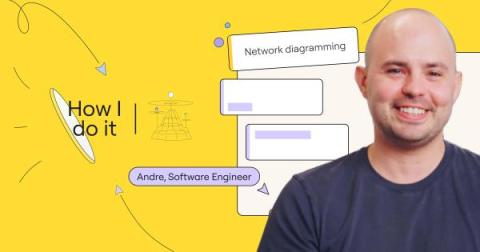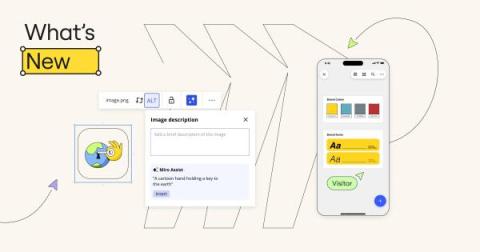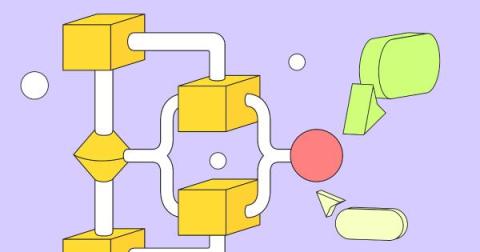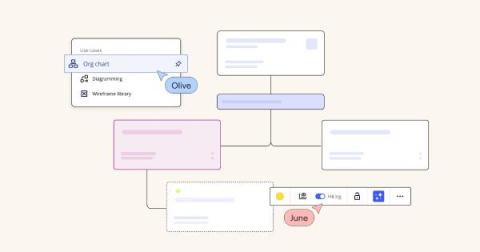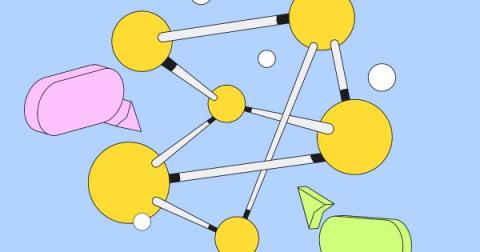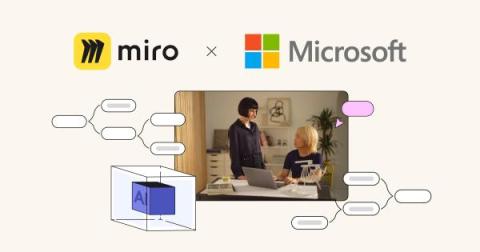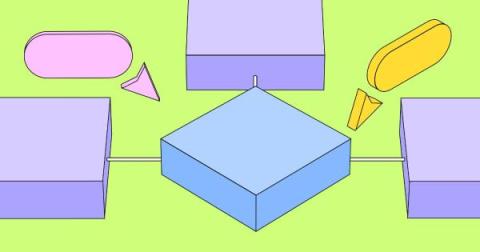Do more with diagramming: Combine the powers of draw.io and Miro
If your work requires you to create diagrams, you might be familiar with draw.io (also diagrams.net), an open-source, web-based diagramming tool offering complex and niche diagrams: network diagrams, server rack diagrams, floor plans, and more. You might also use Miro, an innovation workspace that lets you virtually collaborate with colleagues on a variety of tasks and projects — whether it’s brainstorming, planning, designing, or building the next big thing.



